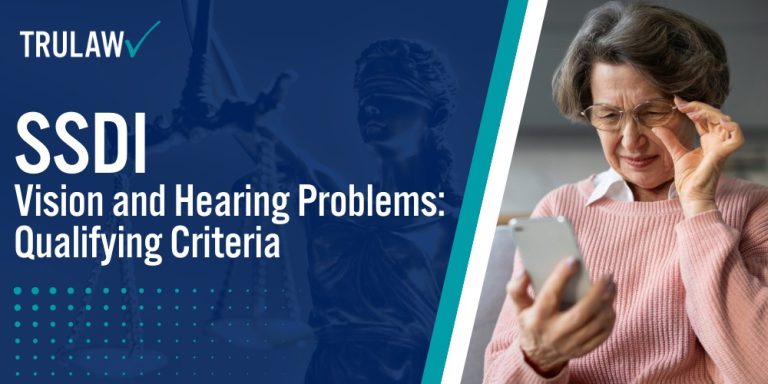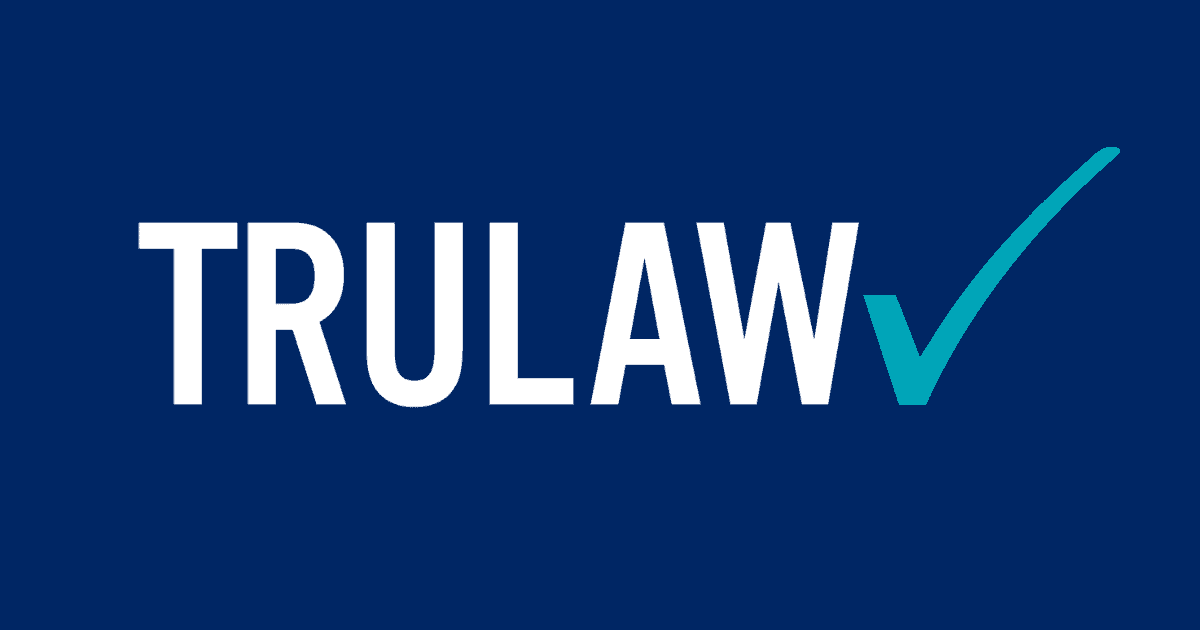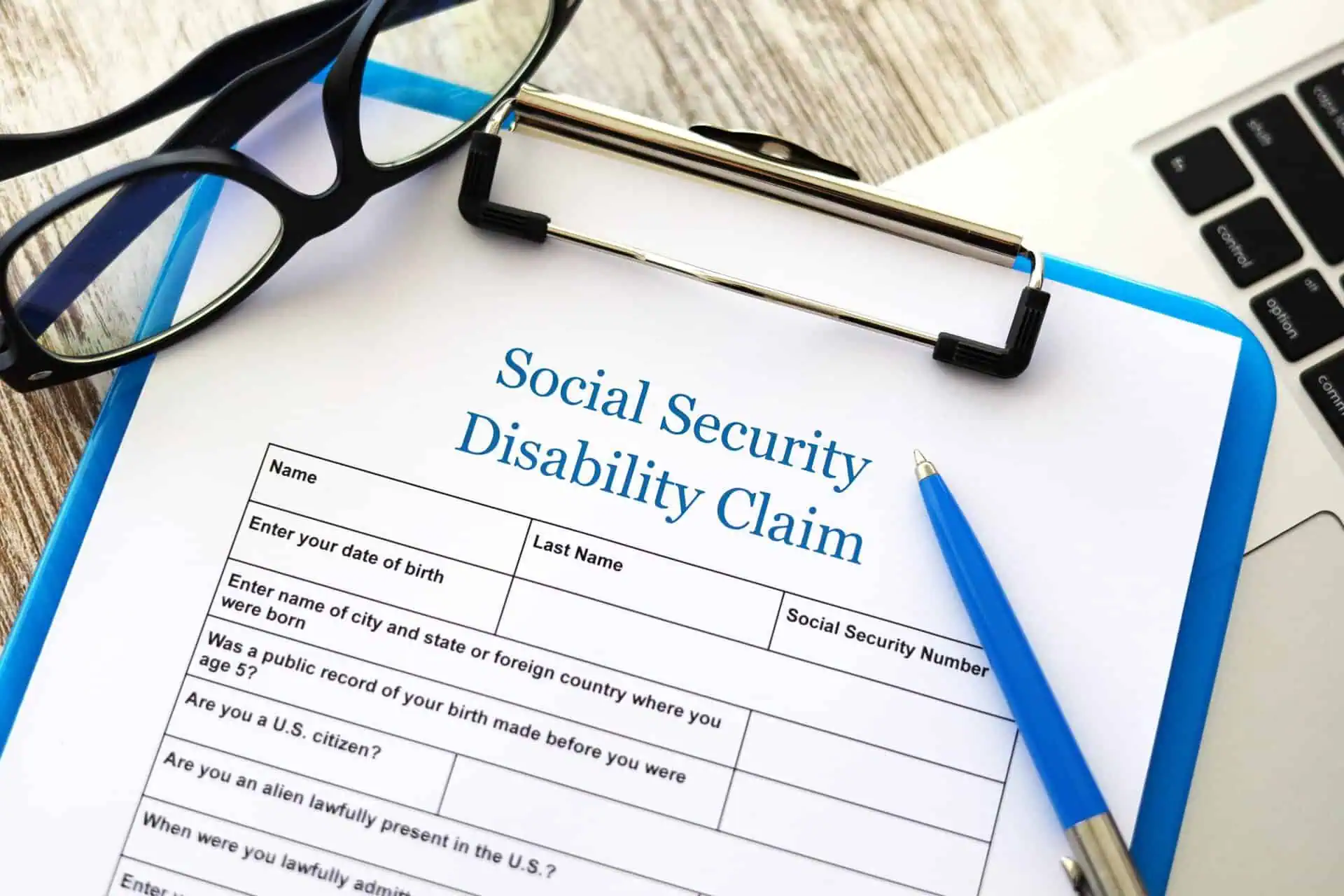To qualify for Social Security disability benefits due to vision or hearing impairments, applicants must provide comprehensive medical evidence that demonstrates the severity of their condition.
The Social Security Administration (SSA) evaluates claims using a sequential evaluation process to determine whether the impairment significantly limits the ability to perform substantial gainful activity (SGA).
Sensory impairments, such as visual impairment or hearing loss, must meet specific criteria outlined in the SSA’s Listing of Impairments.
Accurate and well-documented medical records are essential for establishing eligibility for disability benefits.
Testing and Clinical Requirements
Specific testing and clinical evaluations are necessary to provide objective evidence of sensory impairments.
These assessments help demonstrate the severity of the condition and its impact on daily life and work abilities.
Key medical evidence supporting sensory claims includes:
- Visual Acuity Measurements: Tests that determine clarity of vision, such as results showing corrected vision at 20/200 or worse in the better eye.
- Audiometric Test Results: Evaluations including pure-tone audiometry and speech recognition tests to assess hearing thresholds.
- Field of Vision Assessments: Perimetry tests documenting significant peripheral vision loss, such as a visual efficiency percentage below the SSA’s threshold.
- Specialist Reports: Evaluations from ophthalmologists or audiologists that document impairments and assess the residual functional capacity of the claimant.
- Treatment Records: Documentation of the effectiveness of treatments, such as surgeries or the use of hearing aids, in improving sensory function.
These records allow the SSA to calculate the visual impairment value or assess the severity of hearing loss to determine whether the condition meets the requirements for social security disability or supplemental security income (SSI).
To improve the likelihood of claim approval, applicants should ensure that all test results and evaluations are complete and up-to-date.



